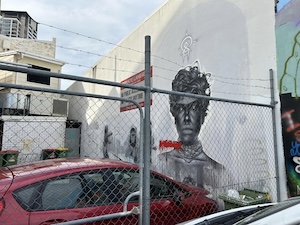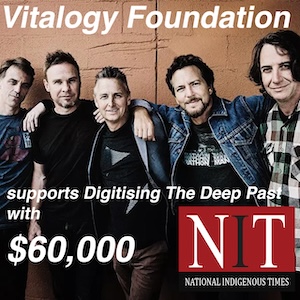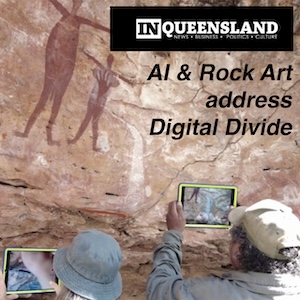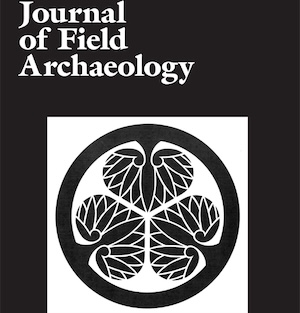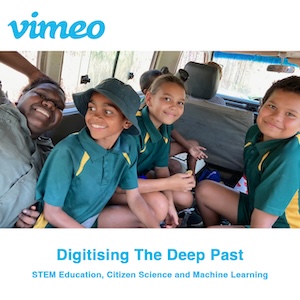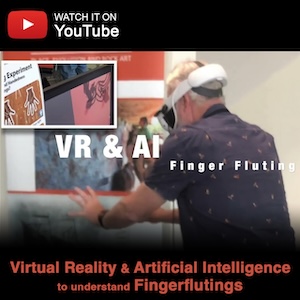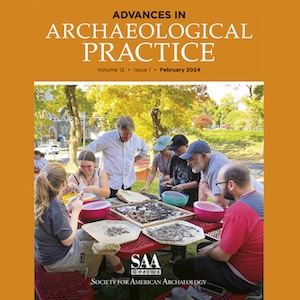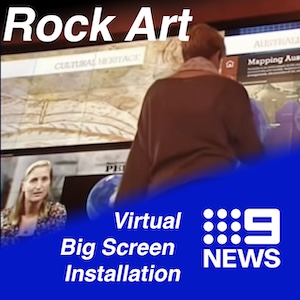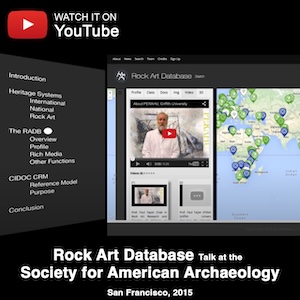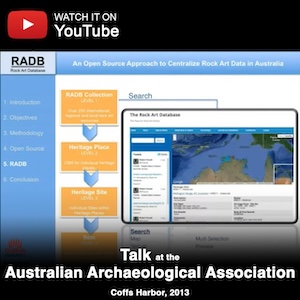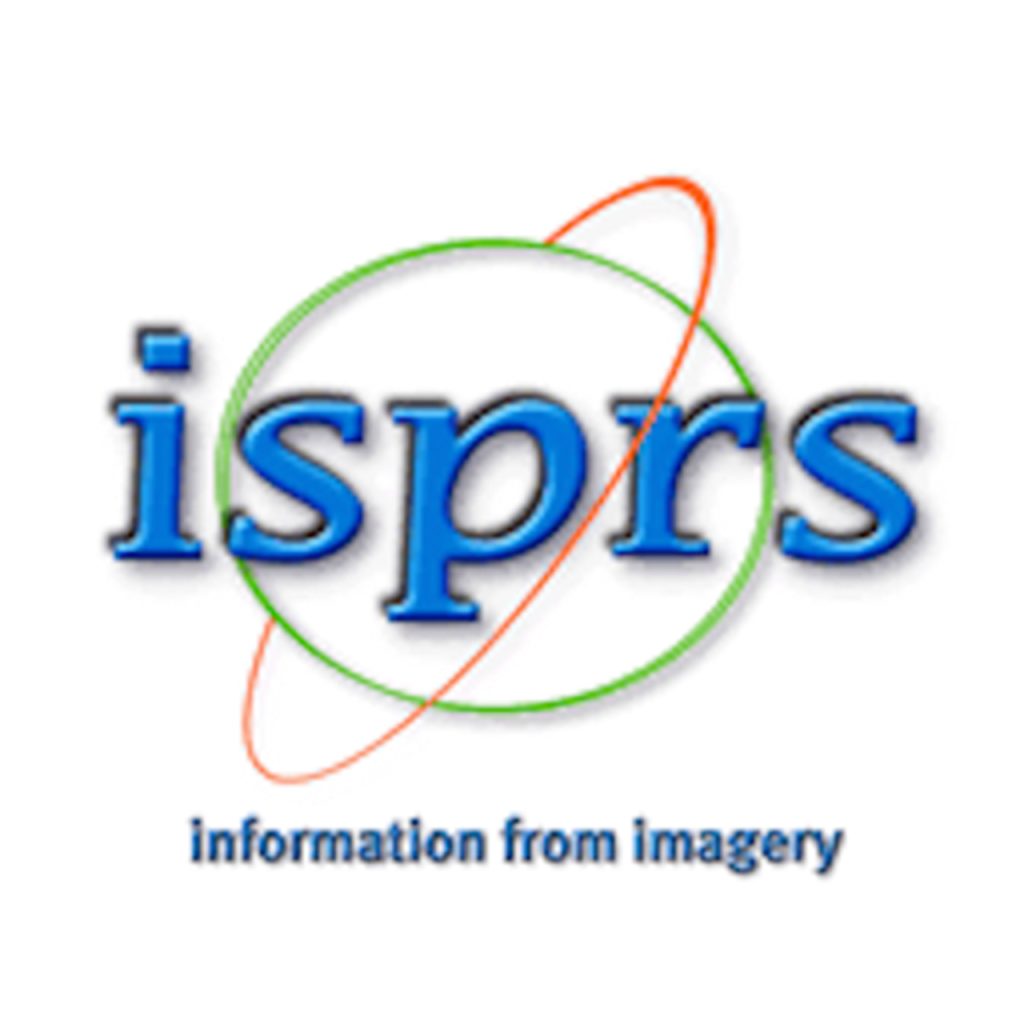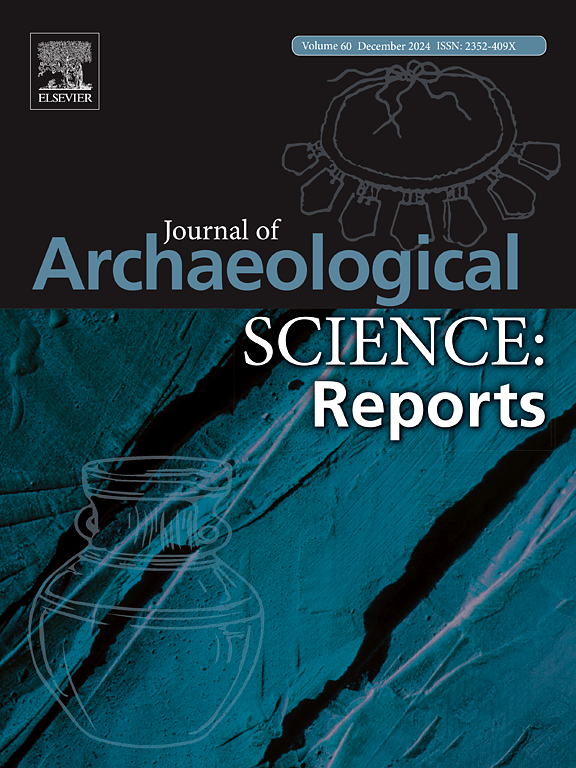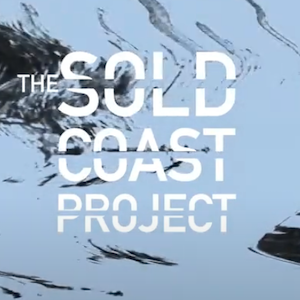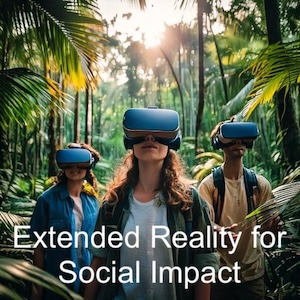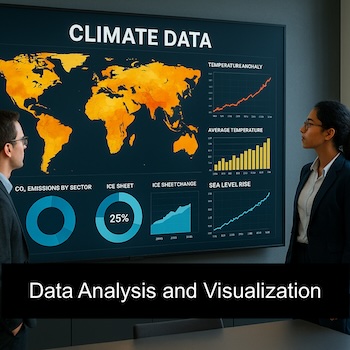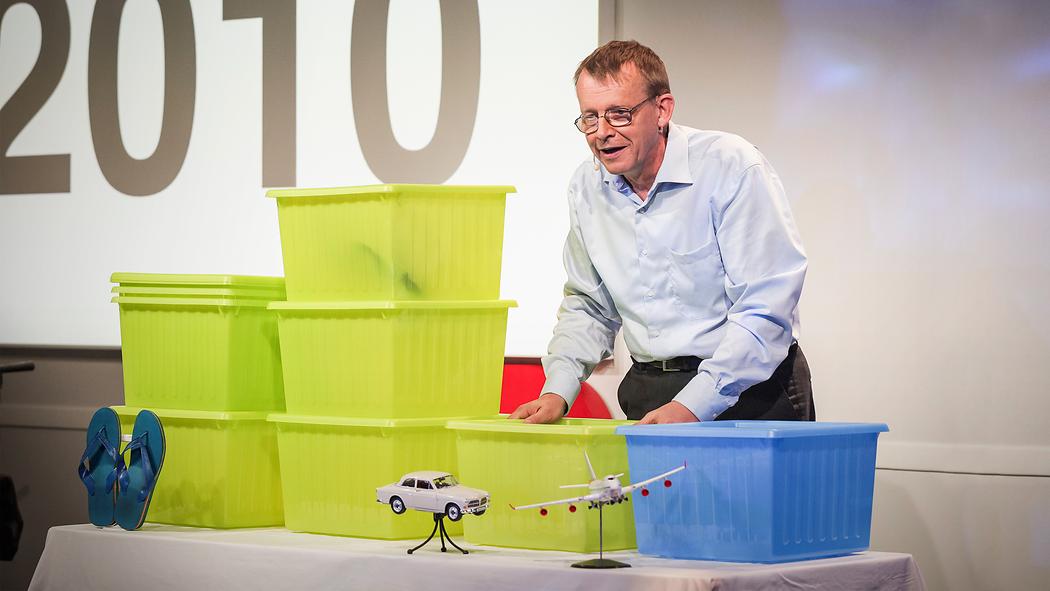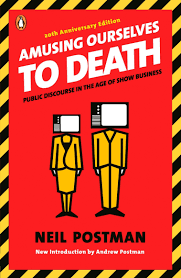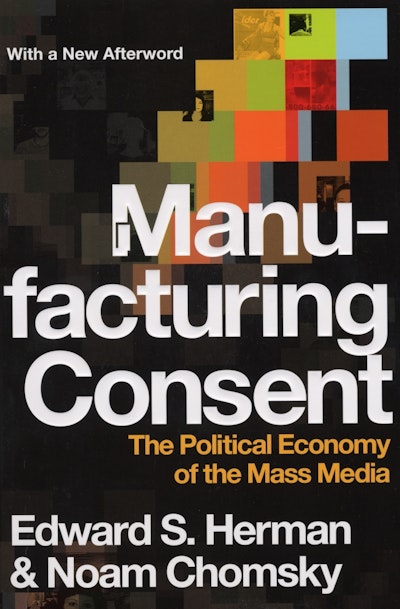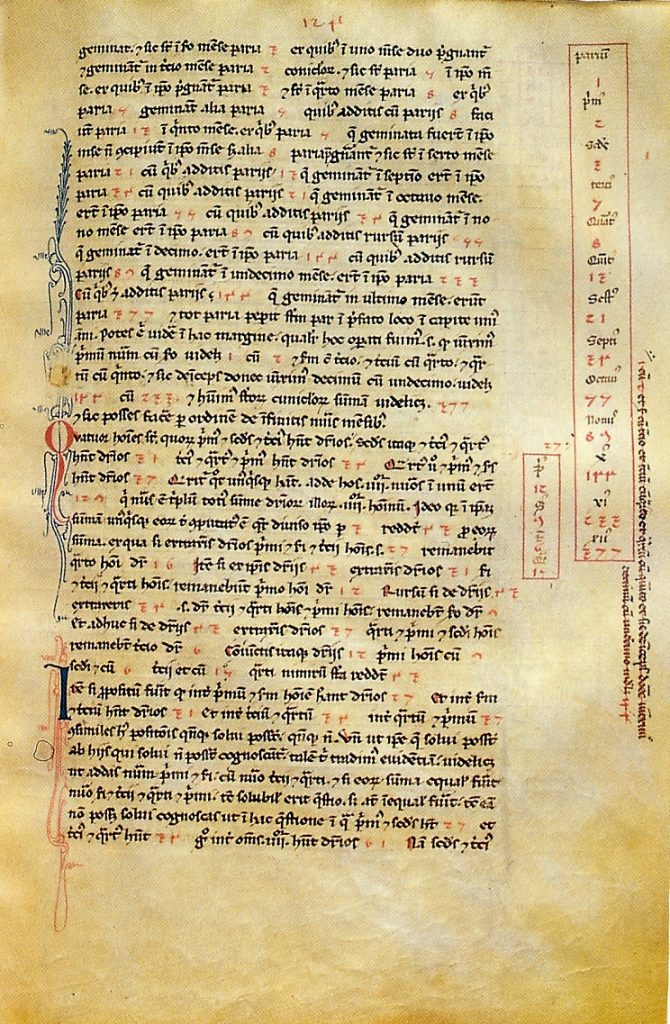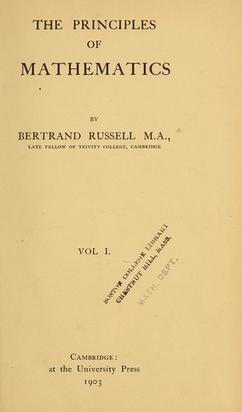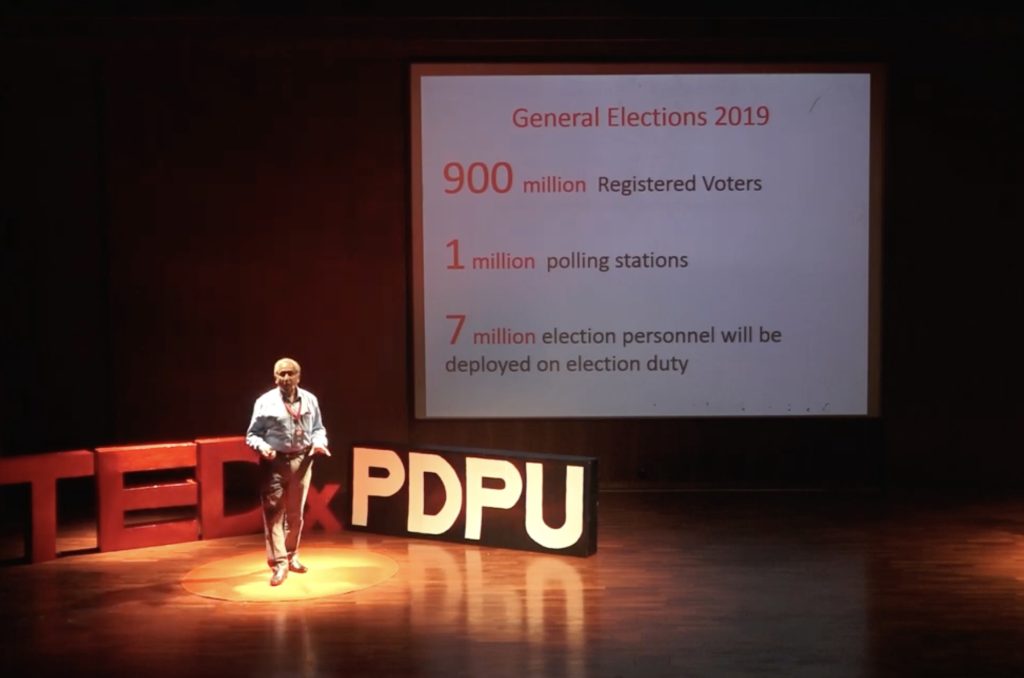I am a Senior Lecturer in Computer Science at SAE University College and Adjunct Senior Research Fellow in Computational Archaeology at the Australian Research Centre for Human Evolution, Griffith University. I specialise in data ontology, machine learning, information networks, and human-computer interaction applied to studies in human evolution. Over the last two decades, I have founded several information platforms, most notably The Global Rock Art Database, the world’s first centralised and semantically enabled platform for international rock art research, exploring some of the oldest repositories of human memory through machine learning and AI.
My work is driven by a passion for exploring human evolution and our ecology through computational data-driven approaches. I combine this passion with linking archaeological data to contemporary issues, addressing pressing global challenges through socially and environmentally impactful applications, that explore the interconnections in the human ↔ nature ↔ technology ecology. By bridging traditional archaeological research methods with the latest technological advancements, my research challenges siloed thinking towards exploring the interconnections of different domains, maximising the usefulness of data across domains.

